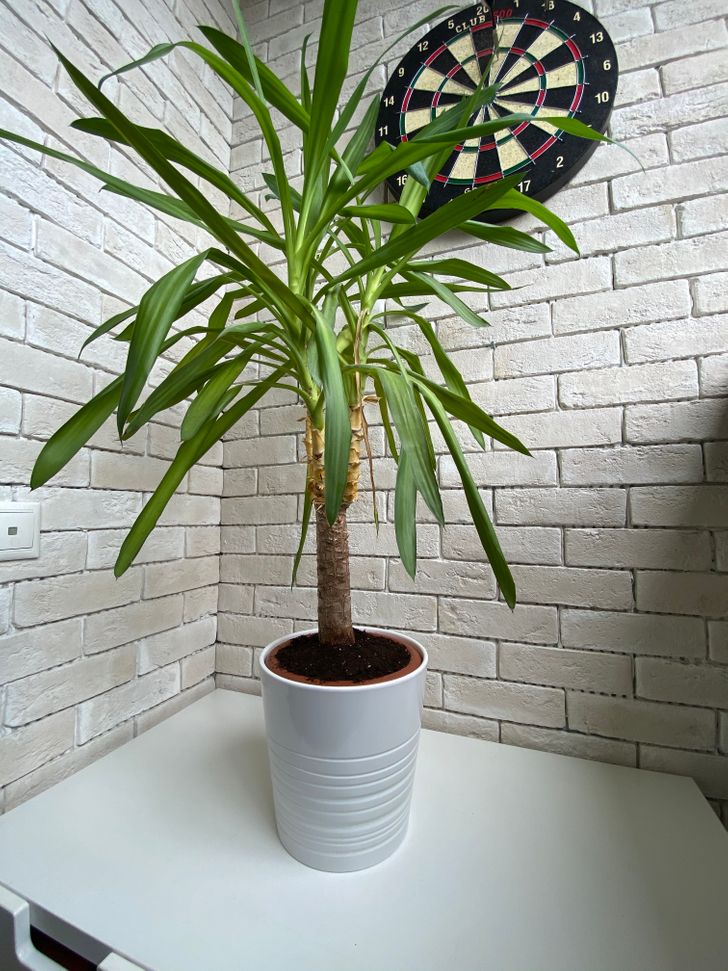How to Repot a Houseplant
Houseplants need to be repotted when the pot they’re currently in becomes too small or the soil is not nutritious enough. Young plants need to be repotted once a year, and older ones, every 4 to 5 years.
5-Minute Crafts offers you simple step-by-step instructions on how to repot a houseplant easily and safely.
Inventory
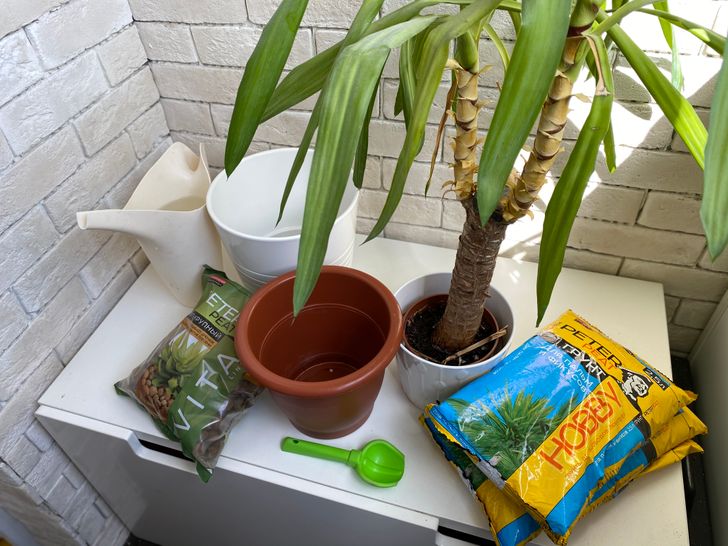
To repot a plant, you will need:
- a new pot with drainage holes
- a potholder
- a scoop
- new soil (universal and good for the plant you have)
- drainage
- a bottle of water or a watering can
The steps
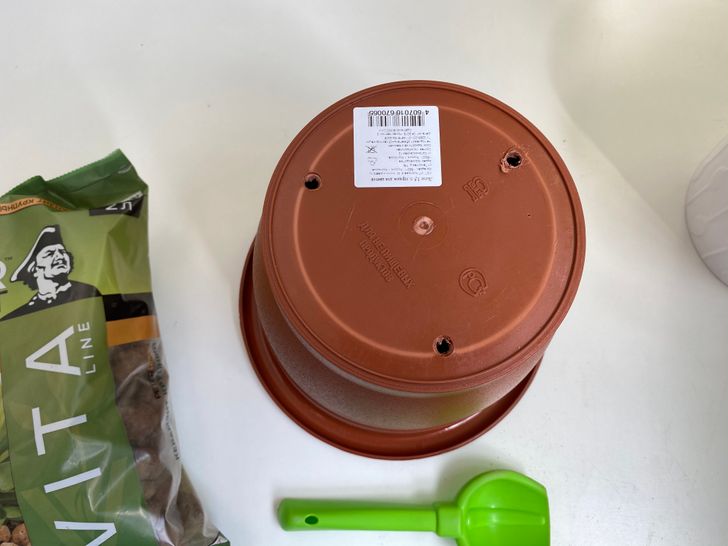
The simplest way to repot a plant without possessing any special skills or knowledge is to keep the soil near the roots.
1. Prepare the pot. If there are no drain holes in it, drill them. They are needed to remove the excess water and keep the roots of the plant safe.
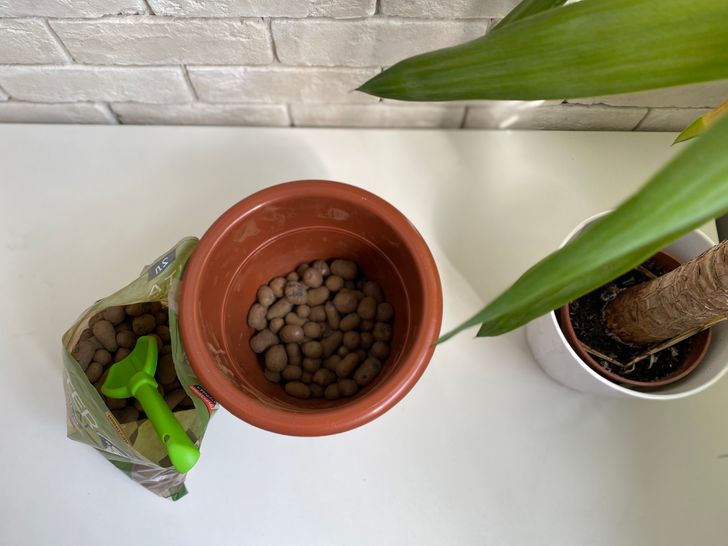
2. Put 1 inch of drainage soil at the bottom of the pot.
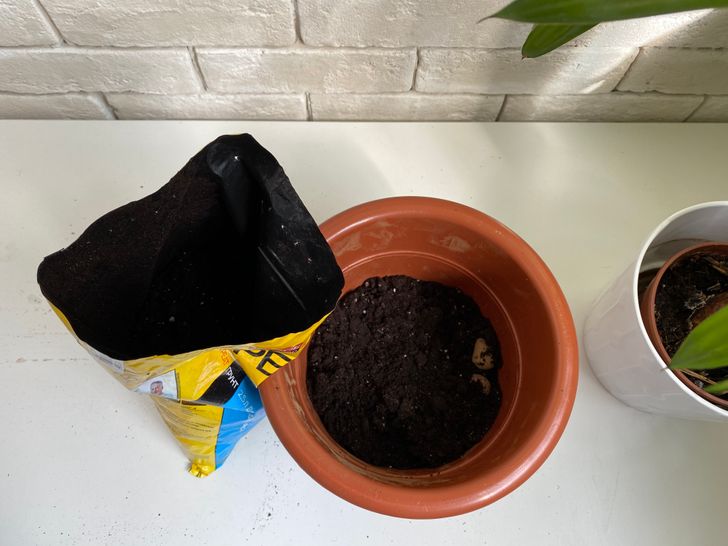
3. Add a bit more soil but make sure that after repotting, the plant is at the same level as it used to be — it shouldn’t be dug any deeper than it was.
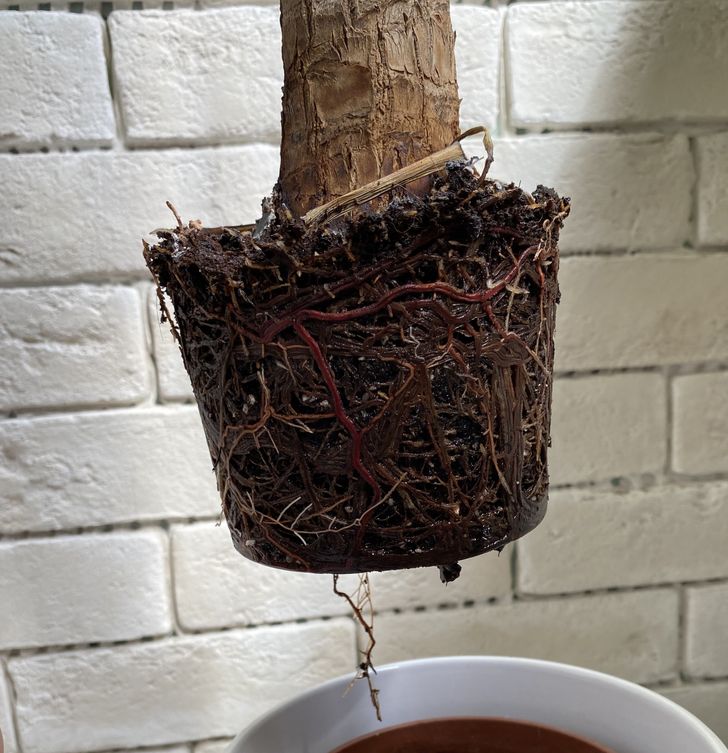
4. Carefully remove the plant from the old pot, holding the lower part. It is better to do this when the soil is dry. Before repotting, don’t water the plant for several days.
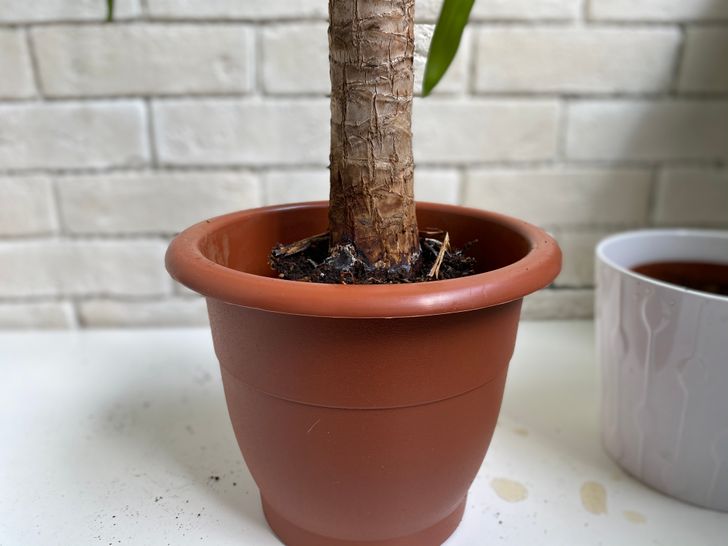
5. Place the plant into a new pot so that it’s right in the center and on the same level as it was before.
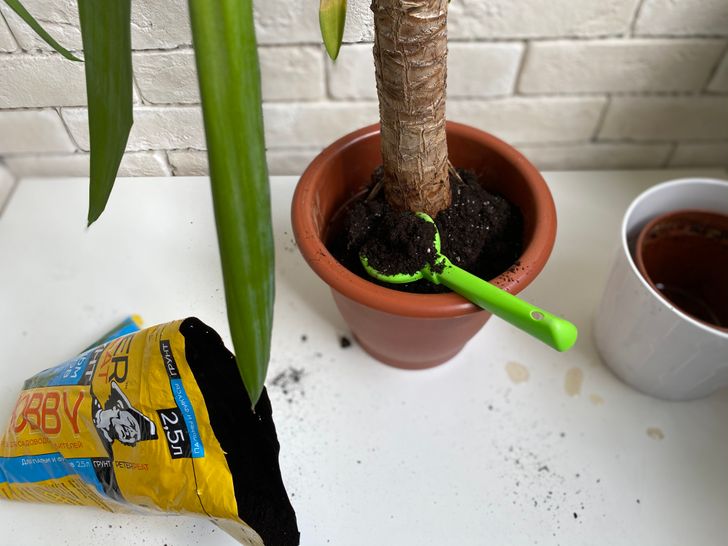
6. Add new soil in the spaces between the roots and with the old soil and the walls of the pot. The distance should be 1-2 inches so that the plant can continue to grow.
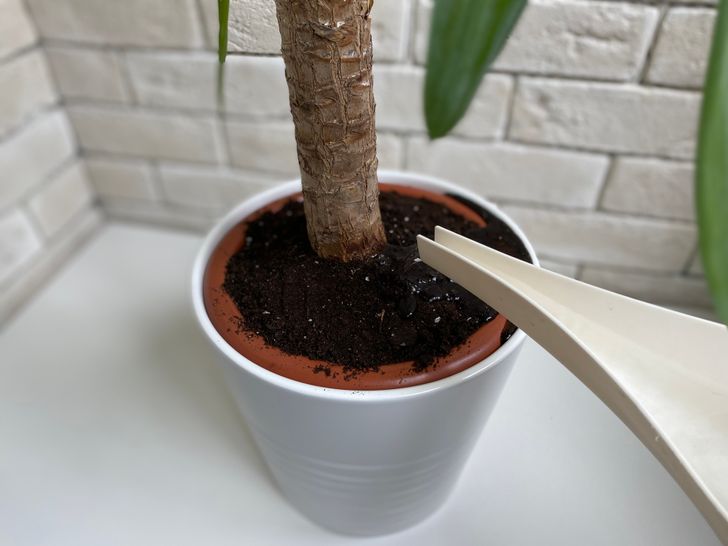
7. When the new soil is there, put the pot in a decorative potholder.
8. Water the plant. If you have a plant that doesn’t need a lot of water, plant it several days after repotting. This watering delay will help the roots deal with the stress more easily and quickly.
Why keeping the old soil around the roots is important
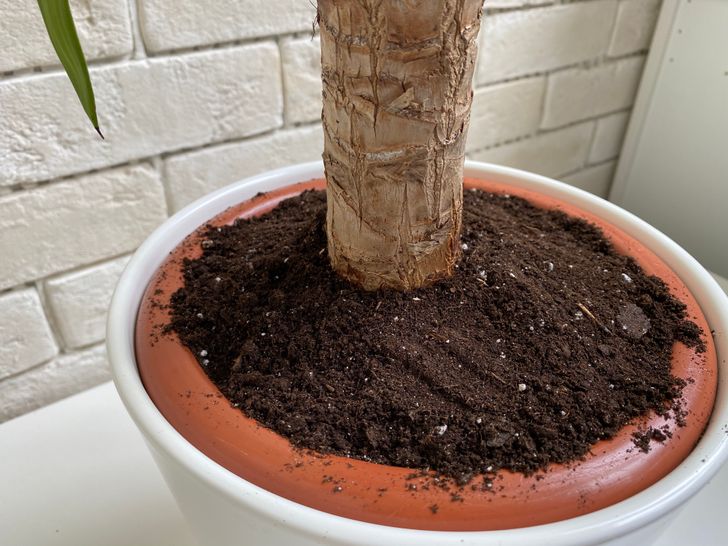
-
When you keep the old soil, you don’t need to do anything with the roots. When you do a classic repotting, the roots need to be stripped of the old soil, and all the bad roots need to be cut with a knife.
-
Traditional repotting requires you to put the roots on a small pile of soil, spreading them to the sides, carefully. Only then, they can be dug.
-
The kind of repotting that requires you to keep the old soil near the roots is better for plants that have fragile roots and may not survive the classic repotting, like ferns, Begonias, Soleirolia, some palm trees (Chamaedorea, Chrysalidocarpus), and Zamioculcas.
-
Repotting is good for Spathiphyllum, ficus plants, Epipremnum, Monsteras, and Sansevieria.
Recommendations
